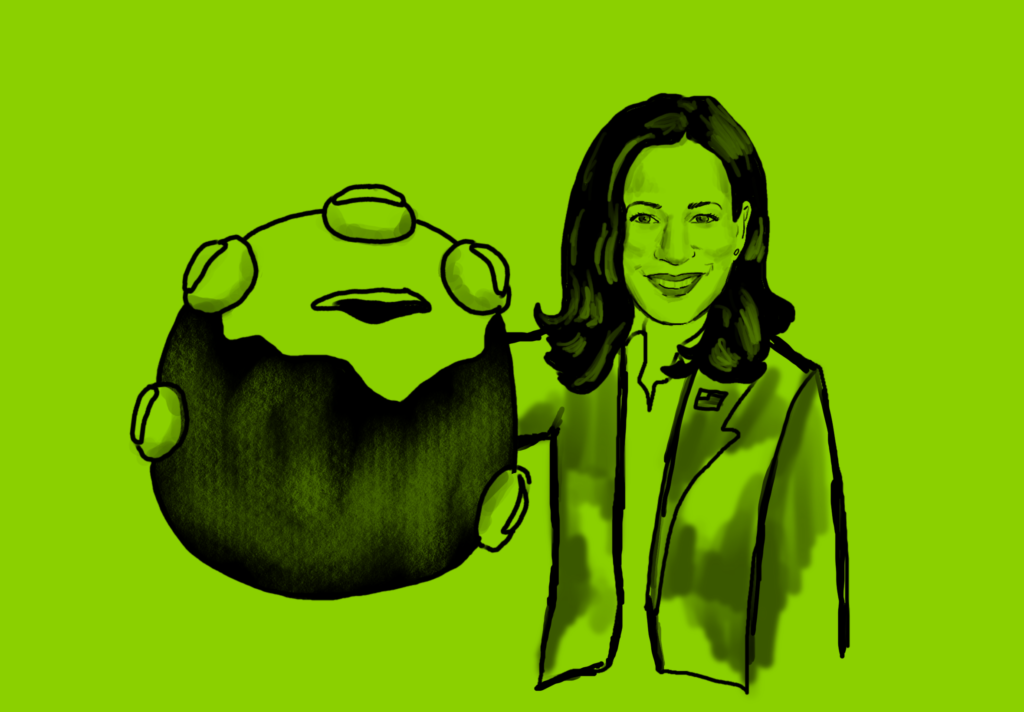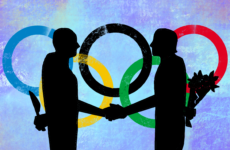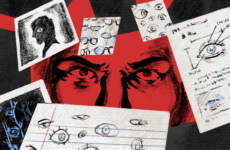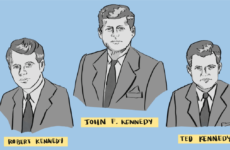
Graphic by Evelyn Kim ’25/The Choate News
By Francesca Howard ’26
With just three words — “Kamala IS brat” — pop singer Charli XCX made X, formerly known as Twitter, go berserk. Charli’s support gave Vice President Kamala Harris just the boost she needed to surge in the polls despite her late entry into the presidential race.
While the media’s impact may seem harmless at first glance, it is going to have major ramifications this November. The 2024 election is drastically different from any election we’ve ever seen. Social media and memes are defining how candidates connect with voters, and, ultimately, they could decide who gets to sit in the Oval Office.
Released in late July, Charli’s album BRAT quickly became TikTok’s “anthem of the summer.” Just days after Vice President Harris announced her presidential candidacy, Charli endorsed her, and the timing couldn’t have been more perfect. Almost overnight, the internet was inundated with “brat” memes: video edits of Vice President Harris set to Charli’s music circulated TikTok, Instagram, and other social media platforms. Her fans wore chartreuse green swag, alluding to the album’s iconic cover.
As one of the most significant pop culture and political crossovers in U.S. history, this collab rejuvenated the Democratic Party, with thousands of voters proudly identifying as “Demobrats.” Crowned Gen Z’s “Meme Queen,” Vice President Harris has leaned into the meme culture that dominates much of the up-and-coming voter population’s digital experience. Through comedy, Vice President Harris has successfully connected with the younger electorate and incentivized them to vote.
Though Vice President Harris’s “brat” rebrand might be popular, it makes zero sense. After listening to BRAT, I wondered why Vice President Harris wanted to be portrayed as such. Charli describes the “brat” aesthetic as “that girl who is a little messy and likes to party and maybe says some dumb things sometimes, who feels herself, but then also maybe has a breakdown, but kind of parties through it.” According to Charli, a “brat” might have “a pack of cigs, a Bic lighter, and a strappy white top with no bra.” I beg your pardon? I don’t know about you, but I hope our potential president is not some chaotic, unstable, stupid party girl. Is this really the woman running for the highest office in the country? Has Vice President Harris even listened to this album? Does she not know what “bumpin’ that” means? Instead of being more inclined to vote for Vice President Harris, her supposed “brat era” left me wondering why she’d want to embrace such an unpresidential persona.
But that’s the thing about memes. It doesn’t matter if they are constructive. It doesn’t matter if they are true. It doesn’t matter if they are even funny. Memetic content is purely designed to get people talking. As memes take on a larger role in political discourse, they make conversations more accessible to the average voter. President Joe Biden tripping down the stairs. Former President Trump P’00’s sassy mugshot. Vice President Harris’s nonsensical coconut tree tangent. These are things we can collectively laugh at whether or not they have actual value.
Memes are part of a larger cultural revolution we have witnessed over the last few years. Social media has changed the game when it comes to politics. The internet’s instantaneous transmission of information allows users to be updated on just about everything in mere seconds. As a result, many people now get their news from social media. A study by the Pew Research Center found that 55% of Americans aged 18 to 29 rely on social media for their news, and that number is substantially higher for Gen Zs.
What’s more concerning is that America’s meme problem has only gotten worse. Trump’s 2016 campaign was the first to exploit meme culture’s power. The American public created memes that both celebrated and mocked him. He became more of a meme than a politician. Trump’s ability to dominate the conversation on social media arguably secured him the presidency. Since then, nearly every campaign has followed that same playbook. Whether it’s U.S. Representative Nancy Pelosi’s “tic-tac-toe” reference, Trump’s “Covfefe” gaffe, or former Secretary of State Hillary Clinton’s “Pokémon go to the polls,” memes enshrine public figures in cringy internet lore.
There are numerous reasons why the memeification of American politics is undermining our political process. Firstly, they don’t teach us anything. Memes are fun because they make people feel like they’re in on a joke, but politics isn’t a joke. When we focus so much on the humor of a meme, the issues at stake are overlooked. Memes make us think that relatability translates to capability. This idea is ridiculous. Someone can be a funny person and an incompetent president.
The problem isn’t just that memes are part of our political discourse but instead that our entire approach to politics is growing lax. The 2024 election will undoubtedly be decided by social media, but the consequences will be felt in the real world. Vice President Harris being “brat” is one of the most pressing issues on our hands, but the solution isn’t to get rid of these memes. Clearly, they are here to stay. However, we cannot afford to rely on memes as our sole source of information. Memes can be funny, but they are even more humorous when you understand their context. To do that requires initiative on your part to do your research. Look into the candidates, their policies, and what they stand for. And for those who make political content, it’s incumbent upon them to find a balance between being relatable and responsible creators.
As we draw closer to election day, we must take the negative impact of meme culture into account. This upcoming election could make or break us as a country. People’s livelihoods are at stake. If we keep ignoring our meme problem, the joke will be on us.




